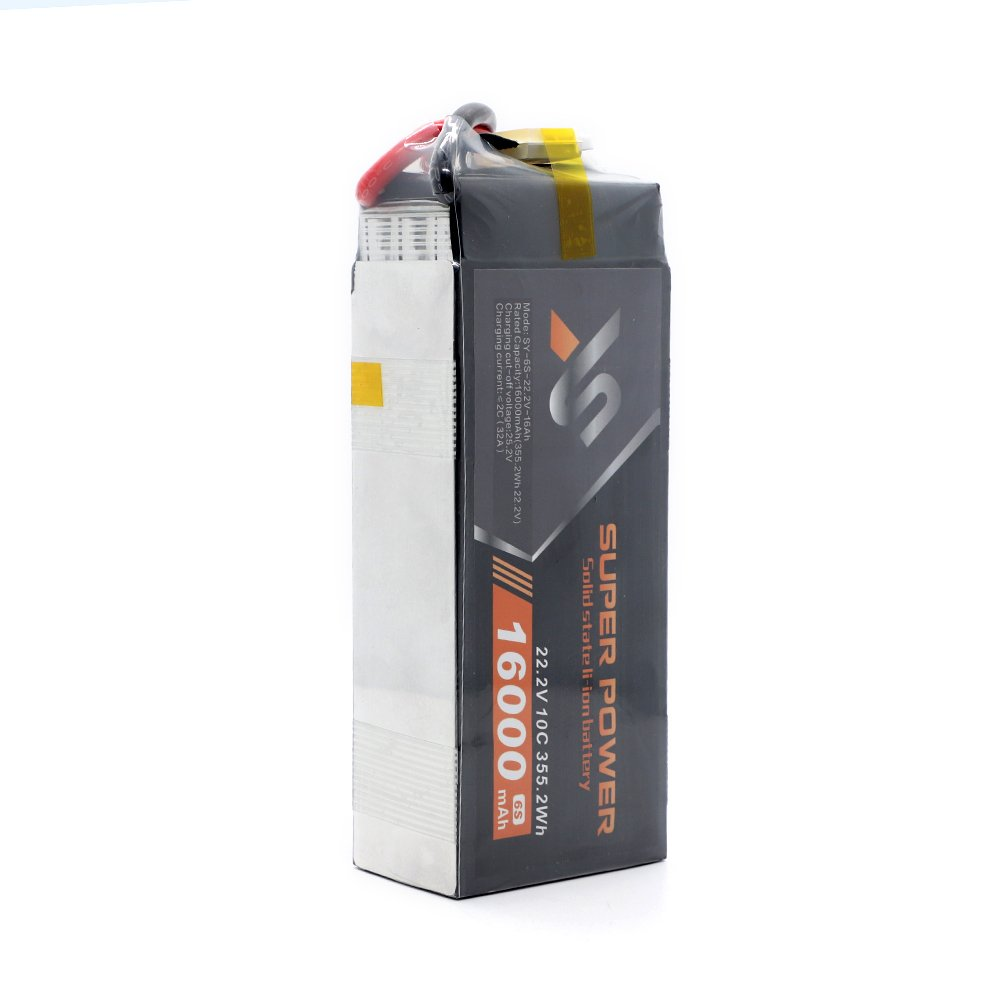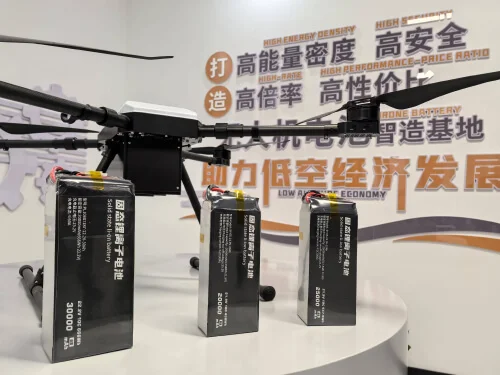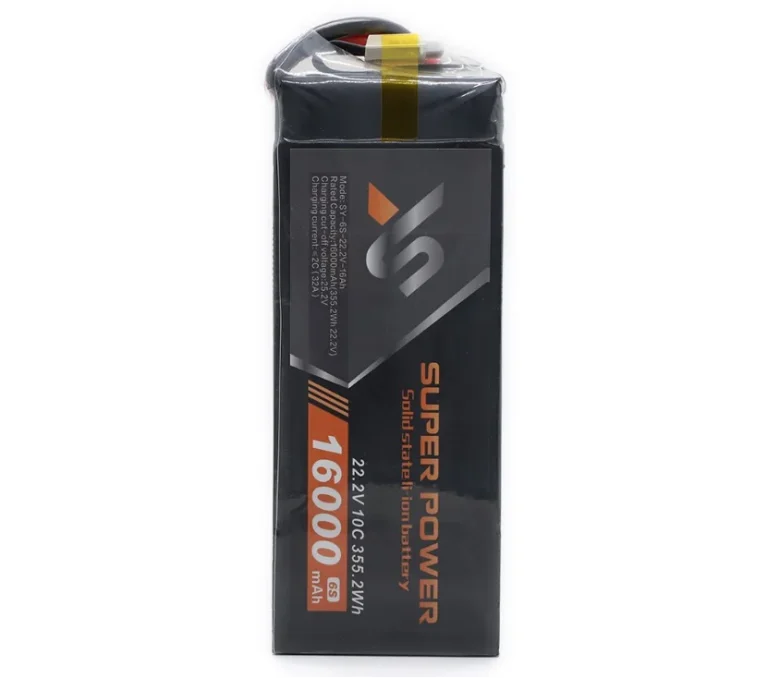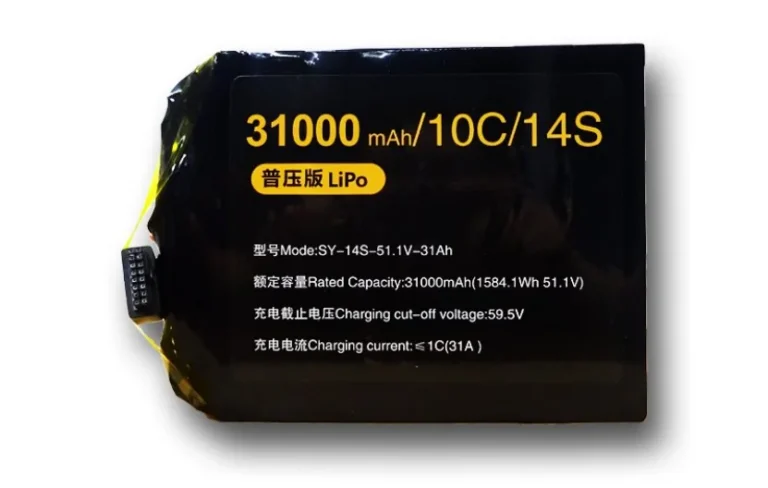Understanding the Importance of Drone Batteries
Drone Batteries as the Core of UAV Performance
Drone batteries power every unmanned aerial vehicle (UAV). They decide how long and far a drone can go. They also shape its overall ability. The type and quality of a battery matter a lot. They affect how well the drone works. For hobbyists or pros, picking the right battery is key. It leads to great results in tasks like snapping photos or fighting fires.
Key Features of the Best Drone Battery
When hunting for a top drone battery, some traits stand out. High energy density is a big one. It lets drones fly longer without getting heavier. For example, Taixing Shengya Electronic Technology Co., Ltd. makes batteries with energy density from 270wh/kg to 340wh/kg. A long cycle life is another must. It means the battery lasts through many charges before wearing out. Safety counts too. Today’s drone batteries are built to avoid fires or explosions, even in tough conditions.
How Drone Batteries Impact Flight Performance
A drone’s performance ties directly to its battery. Capacity, weight, and discharge rate all play roles. More capacity means longer flights. But it can add weight. That might slow the drone down. Discharge rate controls how fast energy reaches the motors. It’s vital for quick moves or heavy loads. Batteries like those from Shengya Electronics can be tailored. They boost performance for all kinds of uses.
Types of Drone Batteries and Their Applications
Lithium-Polymer (LiPo) Batteries for Drones
LiPo batteries are super popular for drones. They’re light and pack a strong punch. Their power-to-weight ratio is great. That makes them perfect for fast, nimble drones. But they need careful use. Mishandling can cause damage or safety risks.
High-Voltage Lithium-Ion Batteries and Their Advantages
High-voltage lithium-ion batteries bring something special. They hold more energy at higher voltages. Shengya Electronics offers 4.35V series batteries. These have capacities from 20Ah to 30Ah. They’re awesome for drones needing long flights. They also work well in tough jobs like search-and-rescue.
Smart Drone Batteries: Features and Benefits
Smart drone batteries come with cool tech. They have sensors and systems to track voltage, heat, and capacity in real time. This keeps them safe. It stops overcharging or overheating. Plus, users get updates on battery health. That makes flying worry-free.
Choosing the Best Drone Battery for Your Needs
Matching Battery Specifications with Your Drone Model
Every drone has its own power needs. Matching the battery to your model is crucial. The voltage must fit. A mismatch can hurt the drone’s electronics. It might also make it less efficient. Getting this right keeps your drone flying strong.
Factors to Consider: Capacity, Weight, and Discharge Rate
Capacity affects how long you can fly. But bigger capacity adds weight. You need a balance. Too much weight cuts agility. The discharge rate is key too. It handles sudden power needs, like during takeoff or fast moves. Picking the right mix keeps your drone at its best.
The Role of Connectors in Battery Compatibility
Connectors are a big deal. They link the battery to the drone’s power setup. Common ones include XT90S-F and AS150-F. Choosing the right connector avoids problems. It ensures the drone runs smoothly with no hiccups.
Tips for Maximizing the Lifespan of Your Drone Battery
Proper Charging Techniques for Optimal Performance
Keeping your drone battery healthy starts with smart charging. Use a charger that matches your battery type. This avoids overcharging or undercharging. Both can hurt performance over time. Batteries from Taixing Shengya Electronic Technology Co., Ltd. have built-in safety features. They help dodge these issues. Shengya Electronics’ batteries are known for high safety and long life. They handle 800-1000 charge/discharge cycles. Charge at a steady pace, like 0.5C to 1C. This keeps capacity strong.
Don’t charge right after flying. The battery might be hot. Let it cool to room temp first. Also, unplug it once it’s full. Leaving it plugged in can cause swelling. That shortens its life, even with protections in place.
Safe Storage Practices to Prevent Degradation
Storing your battery right keeps it in good shape. Pick a cool, dry spot. Keep it away from sunlight or extreme heat. High temps speed up wear inside the battery. Cold temps can damage lithium-ion cells too. They might not recover.
For long breaks, charge the battery to 50-60%. Full or empty batteries suffer if stored for months. Their chemistry gets off balance. Fireproof bags or cases add safety. This is smart for high-energy batteries like those from Shengya Electronics.
Monitoring and Maintaining Battery Health
Checking your battery regularly is a must. Look for signs of trouble. Swelling, cracks, or leaks mean it’s time for a new one. Smart batteries make this easier. They show real-time stats on voltage, temp, and capacity.
Don’t let your battery drain too low. Stick to its cut-off voltage. For example, the SY-6S-21.9V-31Ah from Shengya Electronics cuts off at 16.8V. Following this rule prevents damage. It helps the battery last longer.
Practical Strategies to Fly Farther with Your Drone
Reducing Payload Weight for Extended Flight Time
Cutting payload weight stretches your drone’s flight time. Every extra gram makes motors work harder. That drains the battery fast. Skip non-essential gear unless it’s needed for your task.
Light but strong batteries help a lot. Shengya Electronics has high-energy-density options. Take the SY-6S-21.6V-39Ah. It hits 306wh/kg. These give great performance without weighing the drone down.
Optimizing Flight Settings to Conserve Energy
Tweaking flight settings saves power. Fly at medium speeds, not full blast. It eases the strain on motors. That stretches battery life. Use GPS modes only when you need them. They eat up energy.
Many drones let you adjust settings. Things like altitude caps or flight modes can be changed. Lower altitudes cut wind resistance. That saves power too. It makes flights smoother.
Planning Efficient Flight Paths for Better Battery Utilization
Smart flight paths make your battery go further. They cut out wasted moves or hovering. Plan routes ahead of time if you can. This avoids zigzagging around.
Use apps to map the best path before takeoff. For example, drones in firefighting often use set routes. They survey fast and gather info at crash sites. Good planning saves energy. It also makes missions more successful.
Frequently Asked Questions (FAQs)
What is the best way to store my drone battery?
Keep it in a cool, dry place. Aim for 50-60% charge for long-term storage.
How can I extend my drone’s flight time?
Drop extra weight. Adjust settings like speed or altitude. Plan smart flight paths with mapping tools.
Why is monitoring my drone battery important?
It spots problems early, like swelling or overheating. You also get live data on voltage and capacity. That keeps flights safe.
Are high-energy-density batteries worth it?
Yes, they fly longer without adding much weight. Models like Shengya Electronics’ SY-12S-44.4V-22Ah prove it.












